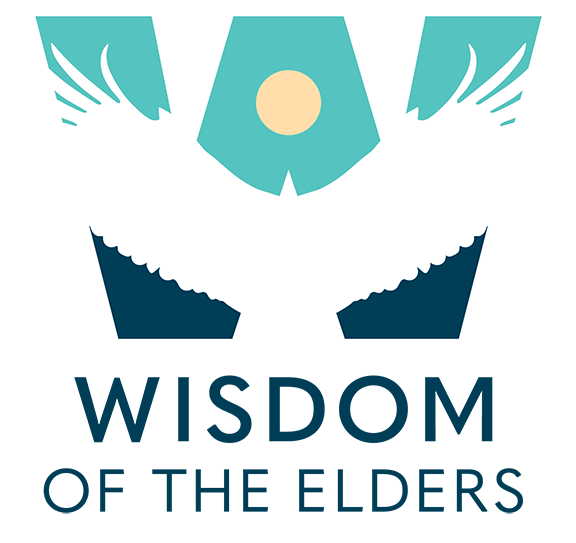Historical Introduction: The Yakama Nation
with Arlie Neskahi
[audio:https://www.wisdomoftheelders.org/prog304/mp3/304_hi.mp3]Arlie Neskahi:
Welcome to Wisdom of the Elders. I’m Arlie Neskahi.
The late afternoon sun scattered in the waters of the Snake River. And the River People danced. Each of the two hundred men beat his own drum and formed a semicircle around the white men from the east, who sat in the river side camp nodding their approval. Some of the white men continued to work, unloading their canoes and cooking the dog meat. The River People danced. And their dance was a prayer. For there had been many prophecies of the coming of “a different kind of man.” And this man would bring wealth and new ways, but would also usher in an era of terrible chaos and destruction.
It was October 16, 1805. Lewis and Clark had arrived at the confluence of the Columbia and Snake Rivers. They camped at an area known today as Sacajawea State Park near Pasco, Washington. Great numbers of people came there to gather and preserve the fall salmon.
These were the people of the river. Clark called them the Sokulks. Today they are called the Wanapum, one of the many tribes in the densely populated Columbia basin. The Yakama, Klickitat, Palus and dozens of other tribes formed an interrelated continuity of peoples sharing similar beliefs and lifestyles.
Clark noted that the River People seemed to live in a state of comparitive happiness. Men and women shared equally in the work. They venerated the elderly and they lived in peace with their neighbors.
In the Wanapum village of P’na on the banks of the Columbia, the River People danced. It was thirty or forty years later. They danced in a tule mat longhouse to a new prophecy brought by a visionary who had died and returned to life. He was called Smohalla, the Dreamer. in his journey he had learned a new way called Waashani and he taught it to his small band of followers.
He said that the Indian should never cut his braids, and should always eat traditional foods and continue the vision quest. He said, “Men who work cannot dream. And wisdom comes to us in dreams.”
And then he showed the people his dance, and he taught them the new songs. In this way smohalla fought the influence of the missionaries and government officials who wanted to make the Indian give up the old ways and become farmers. Smohalla said, “You ask me to cut grass and make hay and sell it, and be rich like white men, but how dare I cut off my mother’s hair?”
The Waashani way spread from camp to camp across the Columbia basin to the Rocky Mountains. When the Indian wars raged in the late 1800’s, Smohalla refused to support them. the Waashani was a way of peace.
In the treaty of 1855, fourteen tribes north of the Columbia were forced to cede 11 million acres to the U.S. government, and were confined to the 1.21 million acre Yakama Reservation in south central Washington.
Under Smohalla’s influence, the Wanapum disregarded the treaty. To this day, they live on their home village site in a small group of houses called Priest Rapids.
Representatives of the fourteen tribes make up the Yakama Tribal Council. The Yakama Indian Nation co-manages the Columbia and its tributaries in the region. Salmon continue to be the lifeblood of the nearly 8,400 Yakama tribal members.
The Waashani faith has evolved into what is now called Washat, Seven Drums or the Longhouse Religion. Washat is celebrated each sunday in longhouses in priest rapids and throughout the northwest.
Though many of the River People cut their hair and wear white man’s clothes, the drums of Smohalla still rings over the waters of the Columbia. And the River People dance.
I’m Arlie Neskahi, and this is Wisdom of the Elders.


